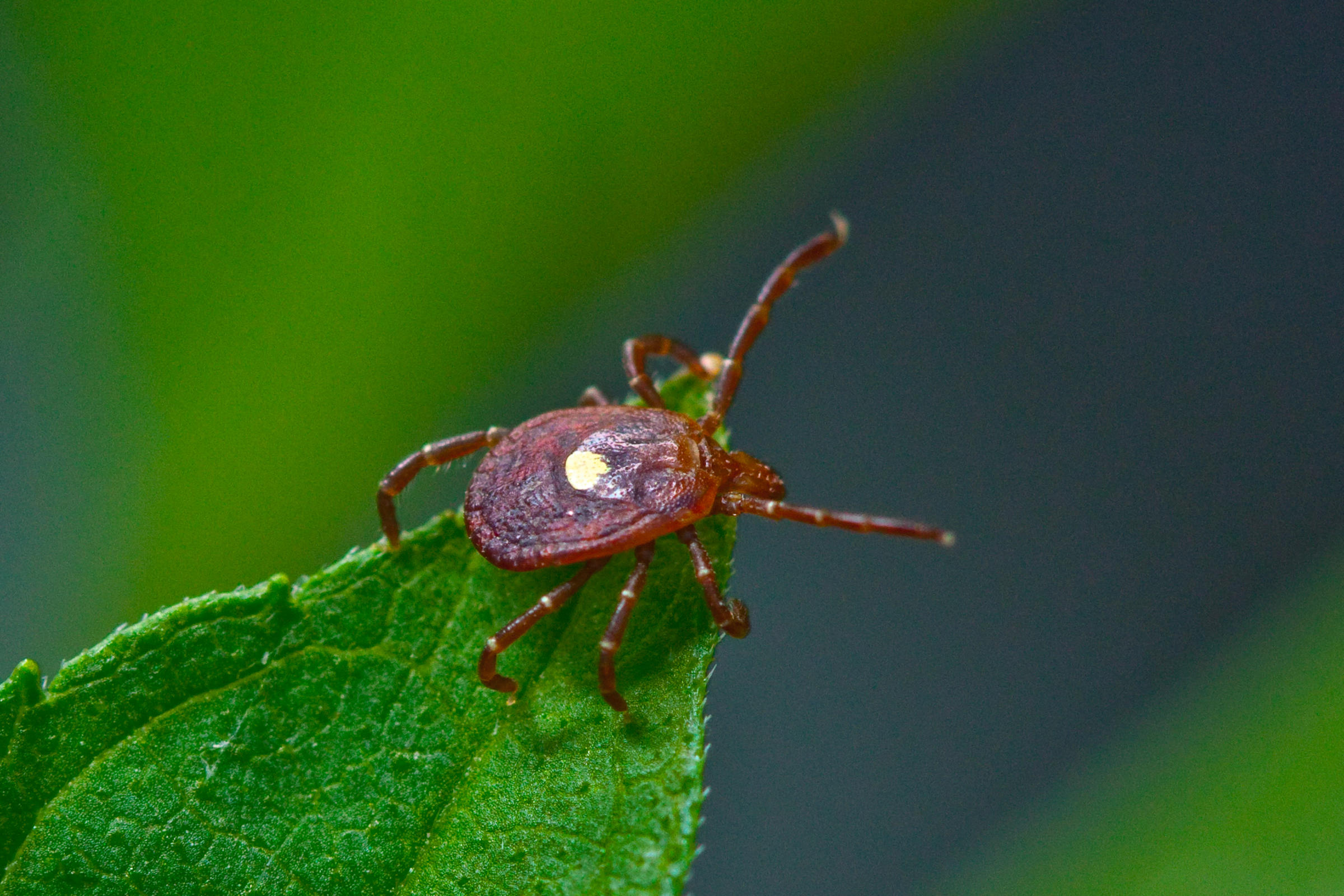

The bite of a Lone Star tick has been linked to transmissions of southern tick-associated rash illness, or STARI and Alpha-gal syndrome, which can cause the allergy to red meat.

More: Five benefits of a subscription What disease can a Lone Star tick give you?Īll ticks have certain diseases they vector, and Lone Star ticks are no different, McDermott said. "Every day is tick season, but we have increasing activity heading into the summer," McDermott said. Males are a darker brown, sometimes with patches of red. McDermott said in Ohio, they are most commonly found in heavily wooded counties and along the Ohio River.įemale Lone Star ticks can be identified by a large, diamond-shaped shield, which typically has a single white dot, alluding to its name. They are parasitic arachnids more closely related to spiders. The species likely migrated up from the southern U.S., and can now be found all along the eastern coast and portions of the Midwest, including Ohio, Indiana and Kentucky.

More: With the Brood X cicadas emergence, 2021 was Gene Kritsky's year.
#Lone star tick bites how to#
Spotted lanternfly in Ohio: How to identify, and what to do about the invasive species Planning to go out into the woods this summer? Here's what you should know about the Lone Star tick. You and your pet may also pick up ticks during a walk and accidentally bring them into your home.Although they're not originally from here, they have been found in Ohio and other states in recent years, and a bite could cause diseases or other side effects, including but not limited to southern tick-associated rash illness (STARI) or Alpha-gal syndrome, which could cause an allergy to red meat. Wildlife and stray animals can bring ticks into your property, or the ticks may sneak in themselves if you live near an area with heavy vegetation. They will infest deer, coyotes, smaller wildlife, cattle, pets, and, of course, people. The lone star tick is not picky when it comes to choosing host. Male lone star ticks have several spots around the top of their bodies. They are brown in color, with females having a white spot on the back. The lone star tick is similar in size to the American dog tick with a body that measures up to half-an-inch long after blood feeding. Lone Star Tick Infestation Types of Lone Star Ticks Humans, dogs, cattle, and even occasionally birds can have these pesky guys attached to their bodies. You’ll find the lone star tick attached to a variety of different animals. This happens three times, and with each host, the tick gets bigger, as does the amount of blood ingested.
#Lone star tick bites skin#
They then pierce the skin and suck the blood of the animal, fall off, and look for another host. Young lone star ticks will hide out in sheltered areas, waiting to pounce on any mammals that happen to walk by. These are three-host ticks, meaning they will attach to three separate animals over the course of their development. Animals and small children, however, may be more susceptible to being severely affected by tick bites. While humans may exhibit a combination of severe symptoms, they are not usually fatal. In your animals, they may experience fatigue and abnormal bleeding. In humans, fever, muscle pain, and vomiting may occur. This disease harbors bacteria within cells, affecting both humans and animals. The other disease carried by lone star ticks is Ehrlichiosis. STARI is easily treated with antibiotics. This is followed by fever, muscle pain, and weakness. If you’ve contracted this illness, you’ll develop an expanding rash as far as three inches from where you were bitten. These may include Southern Tick-Associated Rash Illness or STARI. Lone star ticks will often bite humans and can transmit several diseases. Like other ticks, this one can transmit a variety of diseases that are harmful to both humans and animals. The tick gets its name from the sole white spot that decorates its back. The lone star tick is common in the Southern part of the United States, but it has been found along the East Coast all the way up to Maine. Organic Tick & Mosquito Control Program.


 0 kommentar(er)
0 kommentar(er)
